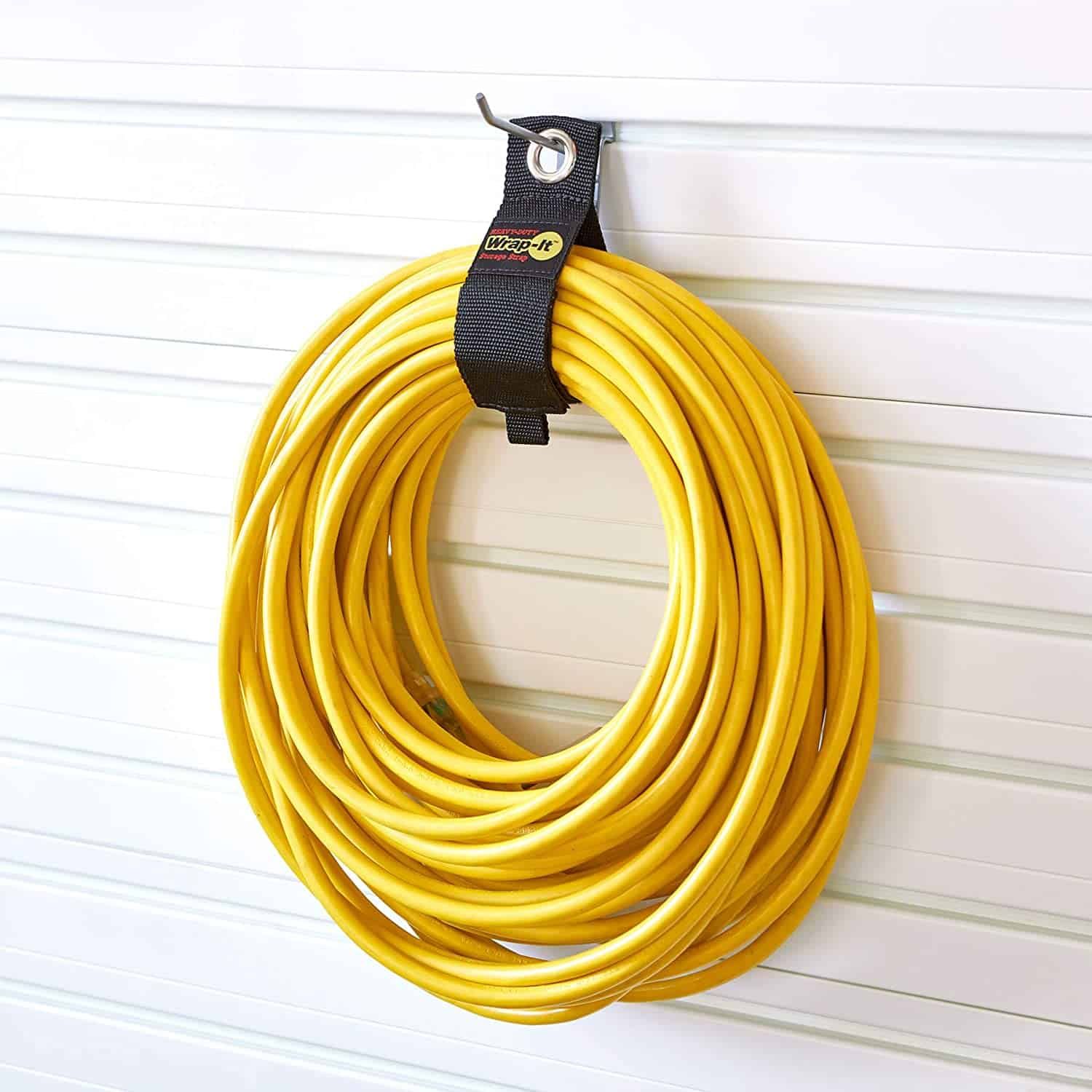

Articles
How To Keep Extension Cord From Tangling
Modified: August 28, 2024
Learn effective methods to prevent your extension cord from tangling with these helpful articles. Implement these tips to keep your cords organized and save time and frustration.
(Many of the links in this article redirect to a specific reviewed product. Your purchase of these products through affiliate links helps to generate commission for Storables.com, at no extra cost. Learn more)
Introduction
An extension cord is a convenient tool that allows us to power our devices and appliances when an electrical outlet is not easily accessible. However, it can quickly become a tangled mess if not properly managed. Dealing with a knotted extension cord can be frustrating and time-consuming, not to mention the potential tripping hazard it poses. Thankfully, there are several effective techniques and tools that can help prevent extension cords from tangling.
In this article, we will explore the reasons why extension cords tangle and provide practical tips for keeping them organized and tangle-free. By implementing these strategies, you’ll be able to easily handle your extension cords, saving time, and ensuring safety in your home or workplace.
Key Takeaways:
- Say goodbye to tangled extension cords by using proper storage techniques, cable ties, and cord organizers. Regular maintenance and DIY cord holders also help prevent tangles, ensuring hassle-free cord management.
- Implementing cable management systems, untangling techniques, and avoiding twists during use can keep extension cords tangle-free. Embrace these practices for organized and frustration-free cord management.
Why Extension Cords Tangle
Understanding why extension cords tangle is the first step in preventing them from becoming a chaotic mess. Several factors contribute to tangling, and being aware of them can help you take the necessary precautions to avoid the hassle.
The main reason extension cords tangle is due to their inherent flexibility. While this flexibility allows for easy extension and maneuverability, it also means that the cords can easily twist, loop, and entangle with each other. Additionally, the friction between the cords and other objects can cause them to knot up.
Poor storage and improper handling of extension cords also contribute to tangling. Simply throwing the cord in a pile or hastily wrapping it can lead to tangles. Rough handling, such as pulling or yanking the cord, can exacerbate the problem.
Another factor to consider is the weight of the cord itself. The weight can create tension on the cord, causing it to twist and knot. Additionally, if the cord is not fully extended, the excess length can become tangled as it dangles freely.
Environmental factors can also play a role in cord tangling. Windy conditions or the cord being dragged across rough surfaces can cause twists and knots to form. Even simple movements, such as walking past a cord, can inadvertently result in tangles if the cord is not properly secured or managed.
Overall, the combination of flexibility, poor storage practices, rough handling, cord weight, and environmental factors all contribute to the tangle-prone nature of extension cords. By understanding these factors, we can now explore effective strategies to prevent extension cords from tangling.
Tips for Preventing Tangles
Preventing extension cords from tangling requires a proactive approach and the use of suitable techniques and tools. By implementing the following tips, you can keep your cords organized and tangle-free:
- Proper Storage Techniques: When not in use, it is essential to store extension cords properly. Avoid tossing them into a pile or tightly coiling them, as this can lead to tangles. Instead, loosely coil the cord or use a cord reel to keep it neatly wrapped.
- Using Cable Ties or Velcro Straps: Secure the coiled extension cord using cable ties or Velcro straps. These fasteners help keep the cord in place and prevent it from unraveling or tangling.
- Using a Cord Reel or Cord Organizer: A cord reel is a practical tool for keeping extension cords in order. It allows you to neatly wrap the cord around a reel, preventing tangling. Cord organizers, such as cord winders or cord boxes, provide similar benefits by keeping the cord contained.
- Utilizing a Cable Management System: Consider using a cable management system, such as cable clips or cable sleeves, to keep your cords organized. These systems help route and secure the cords along walls or other surfaces, reducing the chance of tangling.
- Creating DIY Cord Holders: Get creative and make your own cord holders using materials like PVC pipes, wooden spools, or hooks. These DIY solutions provide designated spots to hang or wrap the cords neatly, minimizing tangling.
- Regularly Inspecting and Maintaining Cords: Regularly check your extension cords for any damages or fraying. A damaged cord is not only a safety hazard but can also contribute to tangling. Replace any worn-out cords to ensure optimal functionality.
- Untangling Techniques and Tricks: Inevitably, there may be times when your extension cord gets tangled. Learn some effective untangling techniques, such as slowly pulling the cord from different angles or gently massaging the knots. Patience and a steady hand can often save you from a frustrating tangle.
- Avoiding Twists and Kinks During Use: Be mindful of how you handle the extension cord during use. Avoid twisting or kinking the cord, as this can lead to tangling. Straighten out the cord before connecting it to your devices or appliances.
By implementing these tips and techniques, you can say goodbye to the headache of tangled extension cords. Not only will your cords be easier to manage, but you’ll also ensure the safety of yourself and others by eliminating trip hazards.
Proper Storage Techniques
One of the key factors in preventing extension cords from tangling is ensuring they are stored properly. By following some simple storage techniques, you can keep your cords organized and tangle-free:
- Loose Coiling: When putting away your extension cord, avoid tightly coiling it. Instead, loosely coil the cord in a figure-eight pattern. This helps maintain the natural shape of the cord and reduces the risk of tangles.
- Velcro Straps: Consider using Velcro straps to secure the coiled cord. Velcro straps make it easy to bundle the cord together and keep it neat and compact. Plus, they allow for quick and easy access when you need to use the cord again.
- Hose Reel: If you have a large extension cord, consider using a hose reel for storage. Hose reels are designed to keep hoses tidy and can work just as well for extension cords. Simply coil the cord around the reel and use the built-in handle to wind it up.
- Cord Hooks: Install cord hooks on your walls or a pegboard to hang your extension cords. This method helps keep the cords off the ground and prevents tangling. It also makes it easier to identify and retrieve the specific cord you need.
- Storage Container: Use a dedicated storage container for your extension cords. Choose a container that is long enough to accommodate the length of the cord. Coil the cord loosely and place it inside the container. This method helps keep the cord protected and tangle-free.
- Hanging Storage: If you have a storage space with enough vertical height, consider hanging your extension cords. Use sturdy hooks or nails to hang the cords, ensuring they are not twisted or tangled. This method not only keeps the cords organized but also saves space.
- Separate Storage: Avoid storing your extension cords with other items that can cause tangling, such as other cords, ropes, or hoses. Keeping them separate reduces the chance of entanglement and makes it easier to handle each cord individually.
By following these proper storage techniques, you can ensure that your extension cords remain untangled and ready for use. Taking a little extra time to store them correctly will save you the frustration of dealing with tangled cords in the future.
Using Cable Ties or Velcro Straps
Cable ties and Velcro straps are simple yet effective tools for keeping your extension cords organized and preventing them from tangling. These fasteners provide a secure method of bundling and securing your cords. Here’s how you can use them effectively:
- Cable Ties: Cable ties, also known as zip ties, are plastic strips with a ratchet mechanism that holds them together once tightened. They are widely available and come in various lengths and strengths. To use cable ties for your extension cords:
- Coil the extension cord loosely in a figure-eight pattern.
- Slide a cable tie through the end loop of the cord.
- Tighten the cable tie by pulling the small tab until it is snug but not overly tight.
- Trim off the excess length of the cable tie using scissors or a cable tie cutter.
- Velcro Straps: Velcro straps are reusable fasteners that consist of hook and loop materials. They are adjustable, allowing you to secure cords of varying sizes. To use Velcro straps for your extension cords:
- Coil the extension cord loosely in a figure-eight pattern.
- Wrap the Velcro strap around the coiled cord, ensuring it is tight enough to hold the cord securely but still allows for easy unwrapping.
- Press the hook and loop sides of the Velcro strap together to create a secure closure.
- Benefits of Using Cable Ties or Velcro Straps:
- Quick and Easy: Cable ties and Velcro straps are simple and efficient solutions for cord organization. They can be applied and removed quickly, making it convenient to keep your extension cords in order.
- Prevents Tangling: By bundling and securing your extension cords with cable ties or Velcro straps, you can prevent them from tangling with each other or getting caught on other objects.
- Adjustable and Reusable: Both cable ties and Velcro straps are adjustable and reusable. You can easily adjust the tightness of the fasteners to fit different cord sizes. Additionally, you can reuse them multiple times, saving you money in the long run.
- Neat and Compact Storage: Cable ties and Velcro straps allow you to keep your extension cords neatly bundled. This ensures that they take up less storage space and are easier to manage when you need to use them.
By using cable ties or Velcro straps, you can effectively organize and secure your extension cords, preventing them from tangling and simplifying your cord management.
Using a Cord Reel or Cord Organizer
A cord reel or cord organizer is a practical tool that can help keep your extension cords neatly wrapped and tangle-free. These devices provide a convenient way to store and manage cords of various lengths. Here’s how you can effectively use a cord reel or cord organizer:
- Cord Reel: A cord reel is a spool-like device that allows you to wind and unwind your extension cord with ease. It typically features a handle or winding mechanism that makes the process quick and hassle-free. To use a cord reel:
- Ensure that the extension cord is unplugged and fully extended.
- Hold the handle or grip on the cord reel and place the plug end of the cord onto the reel.
- Turn the handle or use the winding mechanism to wind the cord onto the reel. Ensure that the cord is coiled evenly and tightly.
- Once the cord is fully wrapped, secure it by latching or fastening the reel’s mechanism.
- To use the cord again, simply unwind it from the reel, plug in your devices or appliances, and extend the cord as needed.
- Cord Organizer: Cord organizers are designed to neatly hold and store extension cords. They come in various forms, such as cord winders, cord boxes, or cord racks. To use a cord organizer:
- Coil the extension cord loosely in a figure-eight pattern.
- Place the coiled cord into the cord organizer, ensuring it fits securely.
- Secure the cord organizer, whether it has a lid, latch, or other closing mechanism.
- Label the cord organizer if you have multiple cords to differentiate between them easily.
- When you need to use the cord, unfasten the cord organizer and unravel the desired length.
- Benefits of Using a Cord Reel or Cord Organizer:
- Efficient Storage: Cord reels and organizers provide a dedicated space for your extension cords, keeping them organized and tangle-free. This saves you time and frustration when you need to access or store your cords.
- Prevents Tangling: By neatly coiling the extension cord on a reel or placing it in an organizer, you minimize the chances of tangling. The cord remains tidy and ready for use whenever you need it.
- Easy Portability: Some cord reels feature handles or wheels, making it convenient to transport your extension cord from one location to another. This is especially useful for contractors, event organizers, or individuals who frequently use extension cords on the go.
- Protects the Cord: Cord reels and organizers help protect the extension cord from damage and prolong its lifespan. By keeping the cord securely wrapped and stored away, you reduce the risk of accidental damage or exposure to environmental elements.
Using a cord reel or cord organizer is an excellent solution for keeping your extension cords neat, organized, and free from tangles. Choose the option that best fits your needs and enjoy hassle-free cord management.
When coiling an extension cord, use the over-under method to prevent tangling. Alternate the direction of each loop to keep the cord straight and tangle-free.
Utilizing a Cable Management System
A cable management system is an effective way to organize and secure your extension cords while reducing the risk of tangling. These systems provide a structured approach to routing and securing cords along walls, floors, or other surfaces. Here’s how you can effectively utilize a cable management system:
- Cable Clips: Cable clips are small adhesive or screw-on holders that can be attached to surfaces. They have slots or channels where you can insert the extension cords, keeping them in place and preventing tangling. To use cable clips:
- Identify the desired location for the cords, such as the wall, desk, or baseboard.
- Clean the surface to ensure proper adhesion, if using adhesive cable clips.
- Peel off the backing of the adhesive cable clip and press it firmly onto the surface.
- Insert the extension cord into the slot or channel of the cable clip, ensuring it is secure.
- Repeat this process for each cord, spacing them out as needed.
- Cable Sleeves: Cable sleeves are fabric or neoprene tubes that can hold multiple extension cords together, creating a unified and organized appearance. To use cable sleeves:
- Gather your extension cords and arrange them in the desired order.
- Bundle the cords together using cable ties or Velcro straps at one end of the sleeve.
- Slide the cable sleeve over the bundled cords, ensuring it covers the entire length.
- Zigzag or fold the excess sleeve material to create a seamless and tidy look.
- Cable Raceways: Cable raceways are plastic or metal channels that can be mounted on walls or floors to conceal and protect cords. They provide a professional and organized appearance while keeping cords secure and tangle-free. To use cable raceways:
- Decide on the ideal pathway for your extension cords, considering the placement of outlets and devices.
- Measure and cut the cable raceway to the appropriate length using a saw or a cable raceway cutting tool.
- Position the raceway on the wall or floor and secure it using screws or adhesive.
- Place the extension cords inside the raceway, ensuring they are properly routed and secured.
- Benefits of Using a Cable Management System:
- Tangle Prevention: A cable management system keeps your extension cords neat and organized, minimizing the risk of tangling. By securing the cords in place, they stay in their designated positions and are less likely to become entangled with each other or other objects.
- Clean and Organized Look: With a cable management system, you can achieve a clean and organized appearance in your space. The cords are neatly routed and hidden, reducing visual clutter and creating a professional and aesthetically pleasing environment.
- Easy Access and Maintenance: When extension cords are properly managed, they are easier to access and maintain. You can quickly identify and retrieve the specific cord you need without having to untangle a mess. Additionally, cable management systems make it easier to clean and maintain your space since the cords are secure and out of the way.
- Prolonged Cord Lifespan: By keeping your extension cords properly secured and protected, a cable management system can help prolong their lifespan. The cords are less likely to be yanked, stepped on, or damaged, ensuring their functionality and longevity.
By utilizing a cable management system, you can effectively organize and secure your extension cords, creating a tidy and professional environment while minimizing the risk of tangling.
Creating DIY Cord Holders
If you prefer a more creative approach to managing your extension cords, creating DIY cord holders can be a fun and practical solution. These homemade cord holders are easy to make and can be customized to fit your specific needs. Here are a few ideas for creating your own DIY cord holders:
- PVC Pipe Cord Holder: PVC pipes are versatile and readily available, making them a popular choice for DIY cord holders. Here’s how to create a PVC pipe cord holder:
- Measure and cut a PVC pipe to the desired length. The length will depend on the number and length of the cords you plan to store.
- Using a saw or a pipe cutter, create notches along one side of the pipe. These notches will hold the cords in place.
- Secure the PVC pipe to a wall, workbench, or any other suitable surface using screws or adhesive.
- Insert your extension cords into the notches, ensuring they are secure and organized.
- Wooden Spool Cord Holder: Wooden spools, often used for thread or cable wire, can be repurposed into functional cord holders. Here’s how to create a wooden spool cord holder:
- Remove any existing thread or cable wire from the wooden spool.
- Sand any rough edges or surfaces of the spool to prevent splinters.
- Attach the spool to a wall or surface using screws or adhesive.
- Coil your extension cord onto the wooden spool, ensuring it is secure and tangle-free.
- Hook and Loop Cord Holder: This simple yet effective DIY cord holder utilizes hook and loop fasteners. Here’s how to create a hook and loop cord holder:
- Take a strip of hook fastener tape, such as Velcro, and cut it to the desired length.
- Stick one side of the fastener tape onto a wall or surface using adhesive.
- Using cable ties or Velcro straps, bundle and secure your extension cord.
- Wrap the bundled cord with the other side of the fastener tape, ensuring a firm grip.
- Benefits of DIY Cord Holders:
- Customizable: DIY cord holders give you the freedom to create a solution that suits your specific needs. You can choose the size, shape, and materials based on the number and length of your extension cords.
- Budget-Friendly: Creating your own cord holders can be a cost-effective solution compared to purchasing commercial options. Many of the materials needed for DIY cord holders, such as PVC pipes or wooden spools, can be found at a low cost or repurposed from existing materials.
- Creative Expression: DIY cord holders allow you to incorporate your creativity and personal style into organizing your cords. You can paint or decorate the holders to match the decor of your space or add a touch of uniqueness.
By creating your own DIY cord holders, you can add a personalized touch to your cord management while keeping your extension cords organized and tangle-free.
Regularly Inspecting and Maintaining Cords
Regularly inspecting and maintaining your extension cords is essential for their longevity and safe operation. By taking a proactive approach to cord maintenance, you can identify any potential issues and prevent tangles from occurring. Here are some tips for inspecting and maintaining your cords:
- Visual Inspection: Check the entire length of the extension cord for any visible signs of damage, such as fraying, cuts, or exposed wires. Inspect both the insulation and the plug ends of the cord.
- Flexibility: Test the flexibility of the cord by slightly bending and twisting it. A cord that is too stiff or rigid may be an indication of internal damage.
- Plug Inspection: Ensure that the prongs of the cord’s plug are not bent or broken. Bent or misshapen prongs can affect the connection and potentially cause electrical hazards.
- Grounding: Check if the grounding prong on the plug is intact. A missing or broken grounding prong can compromise the safety of the cord.
- Replace Damaged Cords: If you notice any significant damage, such as frayed wires or exposed conductors, it is crucial to replace the cord rather than attempting to repair it. Damaged cords increase the risk of electrical shock and fire.
- Length Adjustment: If your extension cord is longer than necessary for the task at hand, consider shortening it. Excess length can increase the chances of tangling and make it more challenging to manage the cord.
- Storage and Handling: Ensure that your cords are stored properly and handled with care. Avoid tossing them onto hard surfaces or dragging them along the ground, as this can lead to damage and tangling.
- Unplug Properly: When unplugging an extension cord, always grasp the plug firmly and pull it straight out from the outlet. Yanking the cord itself can strain the connections and potentially cause damage.
- Keep Cords Dry: Moisture and water can damage extension cords and increase the risk of electrical hazards. Keep your cords dry and store them in a dry location to prevent corrosion and other issues.
Regularly inspecting and maintaining your extension cords is crucial for their safe and efficient operation. By keeping them in good condition, you can minimize the risk of tangling and ensure the longevity and reliability of your cords.
Untangling Techniques and Tricks
Despite our best efforts, extension cords can sometimes become tangled. When this happens, it’s important to stay calm and use effective techniques to untangle them without causing further damage. Here are some helpful techniques and tricks for untangling extension cords:
- Patience is Key: Take a deep breath and approach the task with patience. Trying to rush through the untangling process can lead to further tangles and frustration.
- Identify the Tangle: Carefully examine the tangle to understand how the cords are twisted or looped together. Identifying the areas of entanglement will help you develop a strategy for untangling.
- Separate the Cords: Gently try to separate and isolate each cord from the tangle. Use your fingers or a small tool to carefully unravel any tight knots or loops.
- Straightening Method: Hold the tangled ends of the cords and gently shake or swing them in a wide arc. This motion can create centrifugal force, gradually loosening the tangles as the cords fly outward.
- Twist and Pull: Twist a section of the tangled cords in the opposite direction of the tangle, while gently pulling them apart. This twisting motion can help loosen the knots and make it easier to untangle the cords.
- Finger Walk-Through: Start at one end of the tangle and use your fingers to guide the cords through the tangled areas. Slowly work your way through, massaging the cords to loosen any tight spots.
- Alternate Pulling: If there are multiple cords in the tangle, try pulling on one cord while holding the others firmly. This method can create tension and gradually unravel the tangle.
- Use Lubrication: In cases where the cords are extremely tangled or stuck together, applying a small amount of lubricant, such as silicone spray or a lubricating oil, can help loosen the knots and make untangling easier.
- Work in Sections: If the tangle is complex, break it down into smaller sections and untangle them one at a time. By focusing on manageable sections, you can gradually work through the tangle without getting overwhelmed.
- Avoid Force: It’s important to remember that excessive force can lead to cord damage or even electrical hazards. If you encounter a stubborn tangle, take a break and approach it with a fresh and patient mindset.
While prevention is always best, knowing these untangling techniques can save you time and frustration when dealing with a tangled extension cord. With a little patience and the right approach, you can successfully untangle your cord without causing any harm.
Avoiding Twists and Kinks During Use
Preventing twists and kinks in your extension cord during use can help minimize tangles and ensure the longevity of the cord. By following these tips, you can maintain a smooth and untangled cord while powering your devices or appliances:
- Choose the Right Length: Select an extension cord that is appropriate for the intended distance. Using a cord that is too long can result in excess length that is more prone to twisting and tangling.
- Keep Cords Elevated: Whenever possible, keep your extension cords elevated or suspended rather than placing them on the ground. This reduces the chances of them getting caught on objects or stepped on, which can cause twists and kinks.
- Straighten Before Use: Before plugging in and extending the cord, ensure it is free from twists and kinks. Gently straighten out any tangles or loops to allow for smooth extension and use.
- Avoid Over-bending: Minimize excessive bending of the cord, especially at sharp angles. Over-bending can strain the cord and lead to kinks and tangles. Instead, gently guide the cord along a natural curve.
- Secure the Ends: When connecting the cord to outlets or devices, make sure the plugs are fully inserted and securely connected. Loose connections can cause the cord to twist and lead to tangles.
- Keep Cords Separated: If using multiple extension cords simultaneously, keep them separated and avoid crossing them over each other. This prevents the cords from tangling and makes it easier to identify and manage each cord individually.
- Avoid Sharp Edges: Be cautious of sharp edges or corners that can cut into the cord and cause damage. Smooth out any rough surfaces or use cord protectors to prevent abrasion and potential tangling.
- Use Cord Hangers: Employ cord hangers or hooks to suspend the cord at intervals if you need to keep it off the ground or out of the way. This helps maintain a straight and tangle-free cord during use.
- Regularly Adjust the Cord: Periodically check on the cord during use to ensure it remains straight and free from twists or kinks. If you notice any tangles or knots starting to form, gently straighten them before they become more tangled.
- Use Cord Guards: Cord guards or cord protectors can be employed in areas where the cord needs to pass through doorways, windows, or other tight spaces. These protective covers prevent the cord from getting pinched or compressed, reducing the likelihood of kinks and tangles.
By adopting these practices, you can minimize twists and kinks in your extension cord, keeping it tangle-free and ensuring smooth functionality. Remember to handle the cord with care and regularly inspect it for any signs of damage or wear to maintain its optimal performance.
Conclusion
Keeping extension cords free from tangling is a worthwhile endeavor that saves time, reduces frustration, and promotes safety. By implementing the tips and techniques outlined in this article, you can effectively prevent tangles and maintain organized cord management.
Proper storage techniques, such as loose coiling and using cable ties or Velcro straps, ensure that cords are neatly stored and protected when not in use. Cord reels and cord organizers provide dedicated solutions for keeping cords untangled and easily accessible.
A cable management system, such as cable clips or cable sleeves, helps route and secure cords along surfaces, preventing tangling and creating a clean and organized appearance.
Getting creative with DIY cord holders, such as PVC pipe holders or wooden spools, adds a personalized touch to cord organization while keeping cords tidy and tangle-free.
Regularly inspecting and maintaining cords helps identify any damage or wear, allowing for timely replacement and preventing tangles caused by compromised cords.
In the unfortunate event that a tangle does occur, utilizing untangling techniques such as patience, separation, twisting, and pulling help gradually undo knots and loops without causing further damage.
Avoiding twists and kinks during cord use by selecting the right length, elevating cords, straightening before use, and gently guiding the cord along a natural curve helps maintain a tangle-free cord.
In conclusion, by following these guidelines and being mindful of proper cord management, you can eliminate the hassle of tangled extension cords. Not only will this save you time and frustration, but it will also promote safety and prolong the lifespan of your cords. Embrace these practices and enjoy the benefits of a well-organized and tangle-free cord management system.
After mastering the art of keeping extension cords tangle-free, why stop there? Dive into our guide on home organization to discover how fabric storage cubes can transform clutter into order. For those who have collected numerous cords, our article on extension cord storage offers the latest and most effective storage solutions. Don't miss out on our storage hacks either, where you'll find incredible tips on optimizing kitchen storage shelves to maximize space and efficiency.
Frequently Asked Questions about How To Keep Extension Cord From Tangling
Was this page helpful?
At Storables.com, we guarantee accurate and reliable information. Our content, validated by Expert Board Contributors, is crafted following stringent Editorial Policies. We're committed to providing you with well-researched, expert-backed insights for all your informational needs.
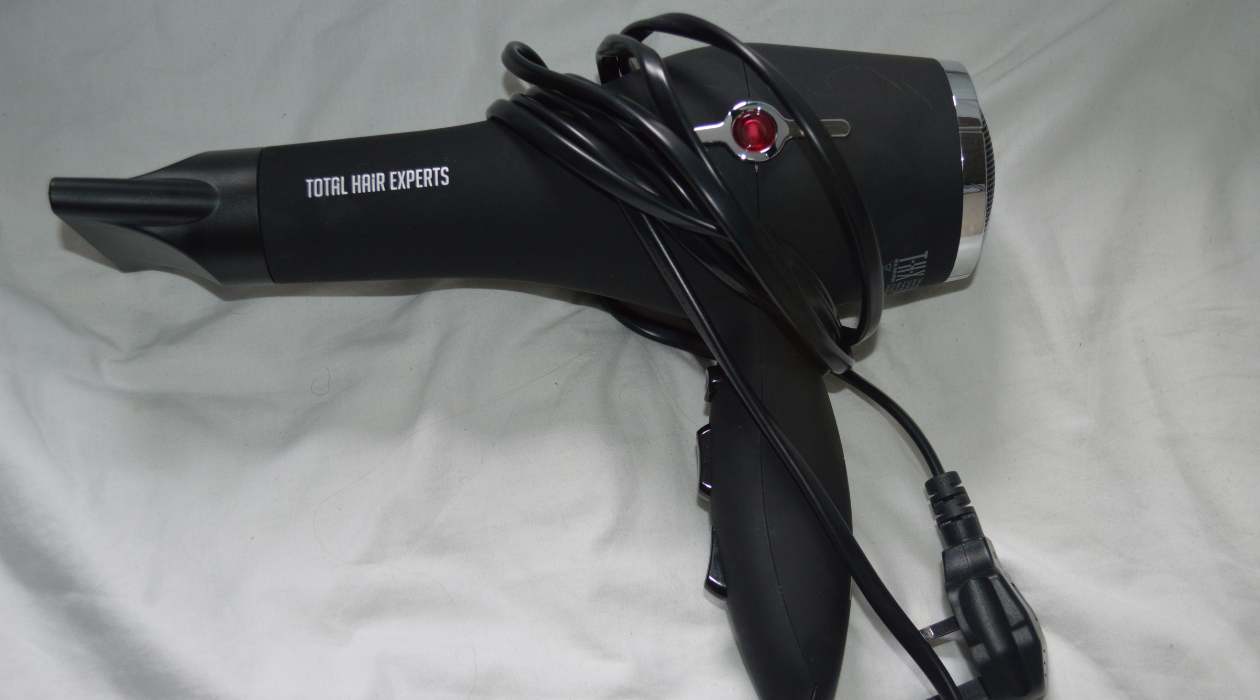
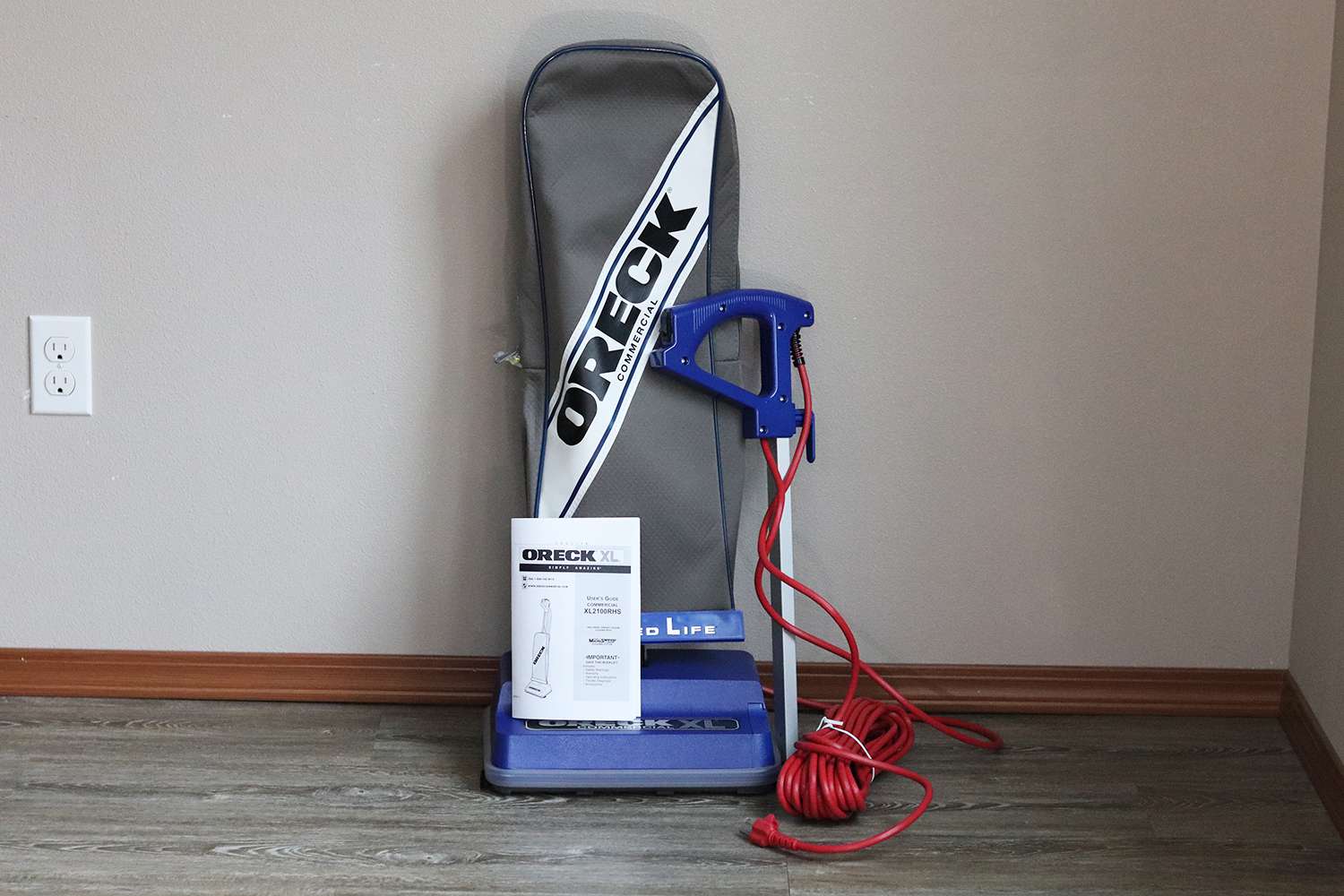
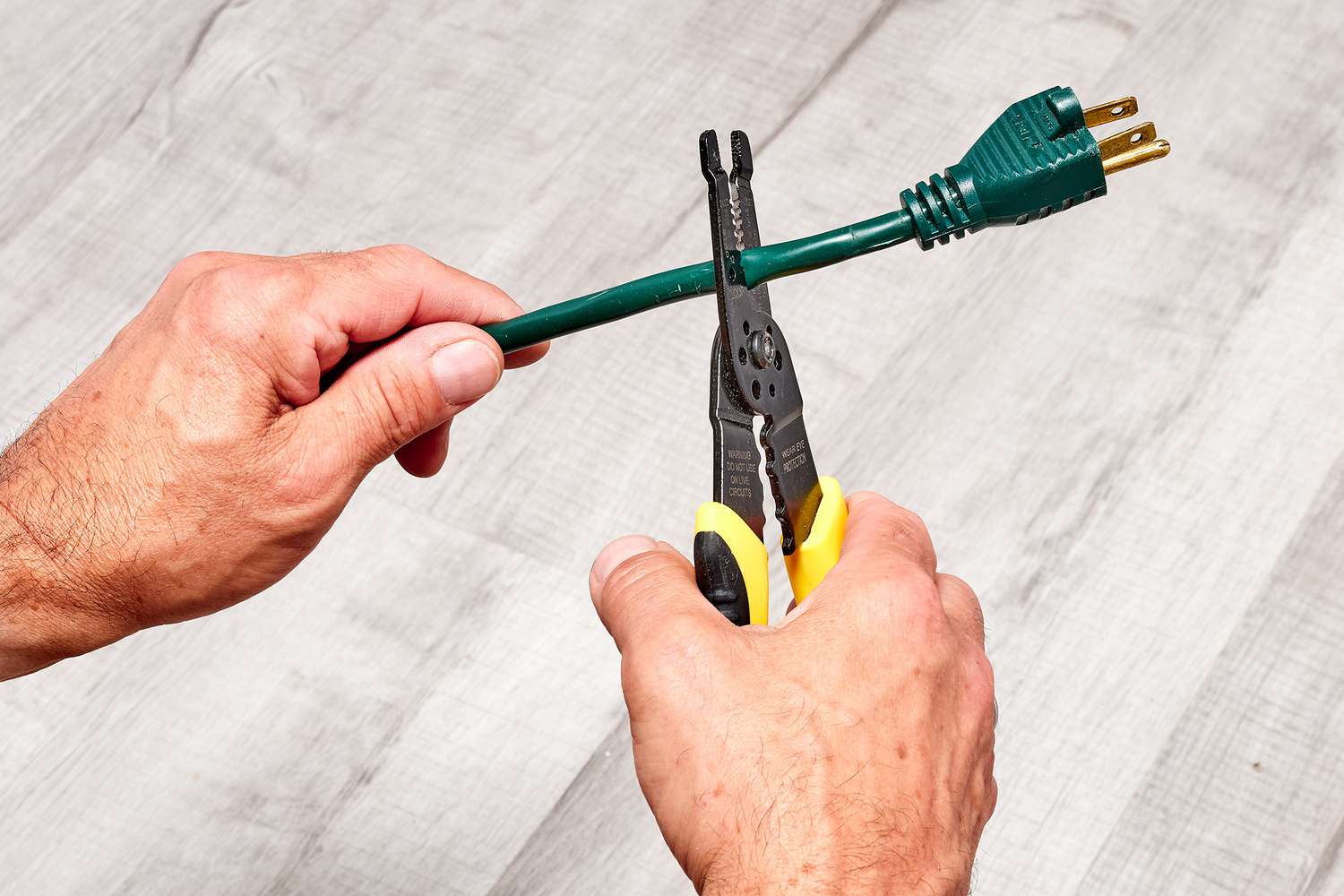
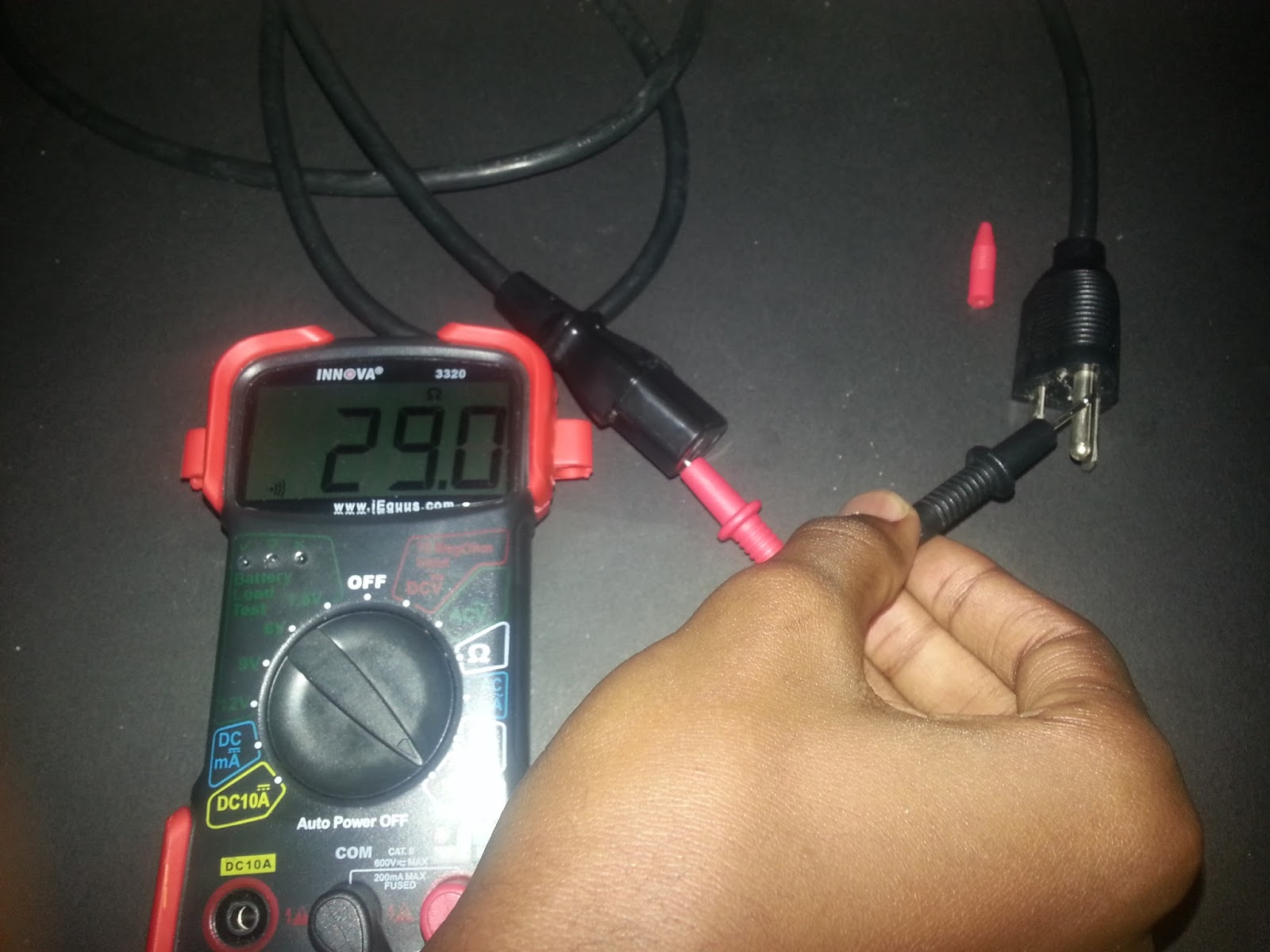
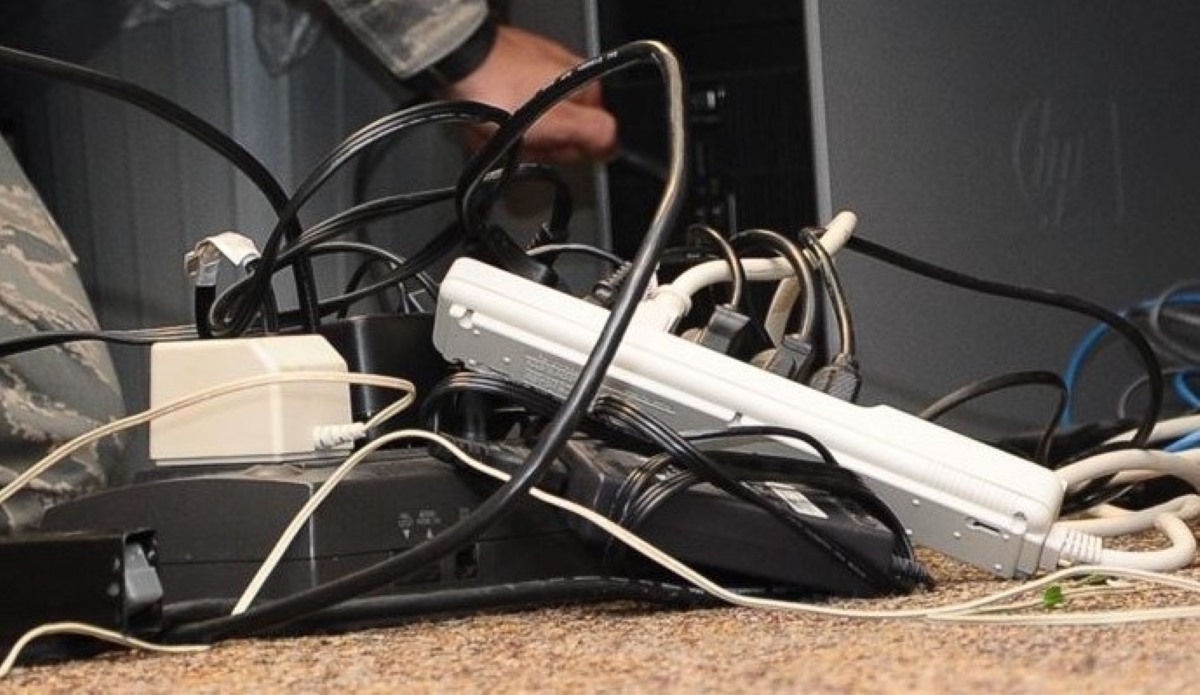
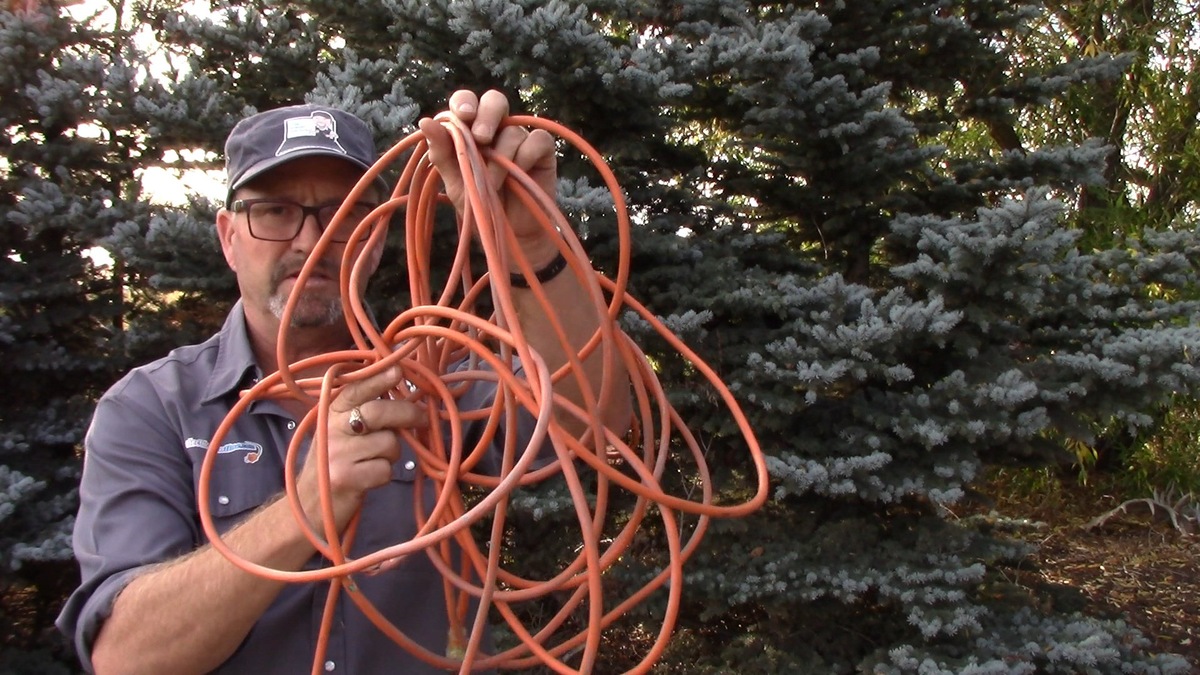
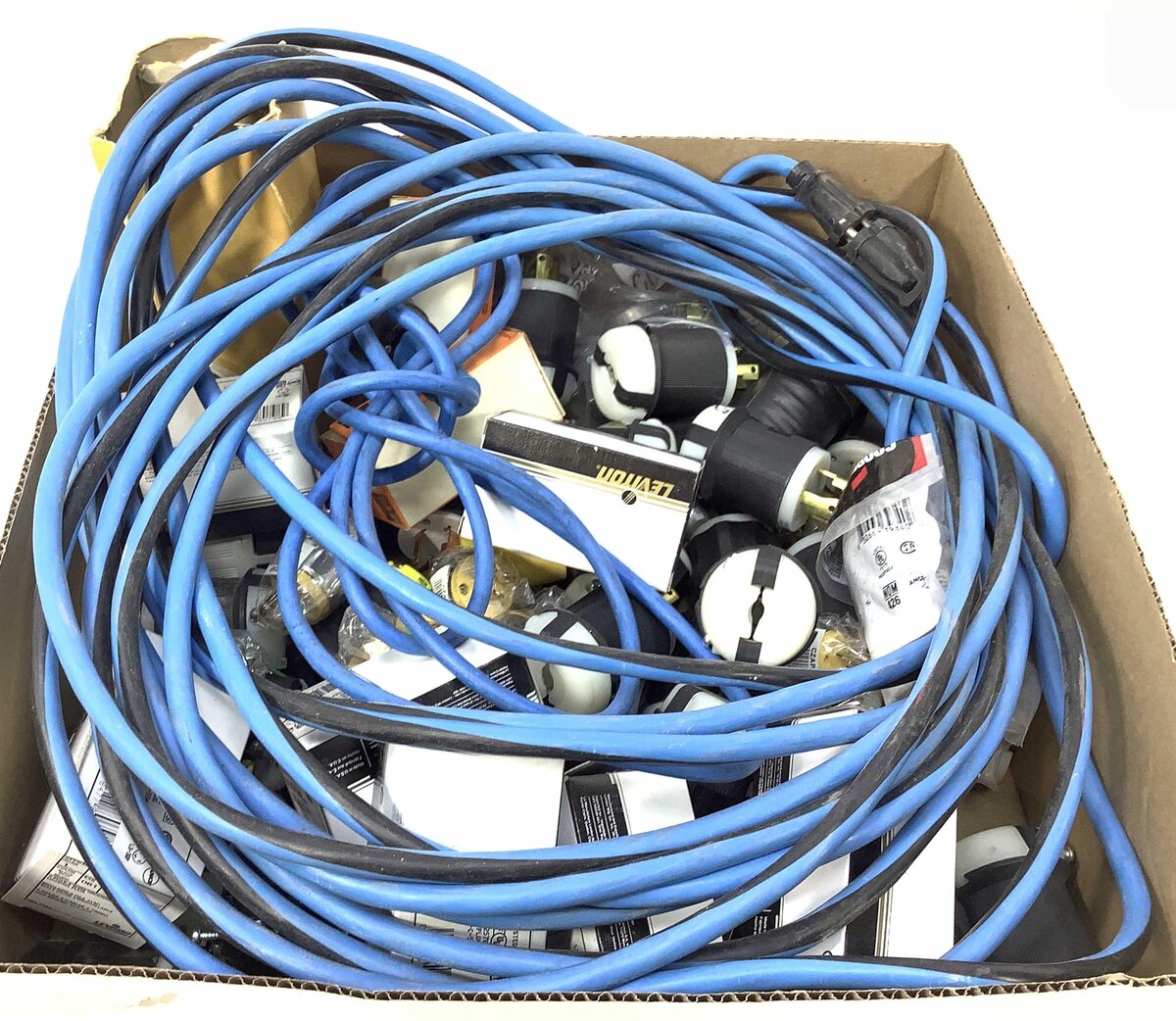
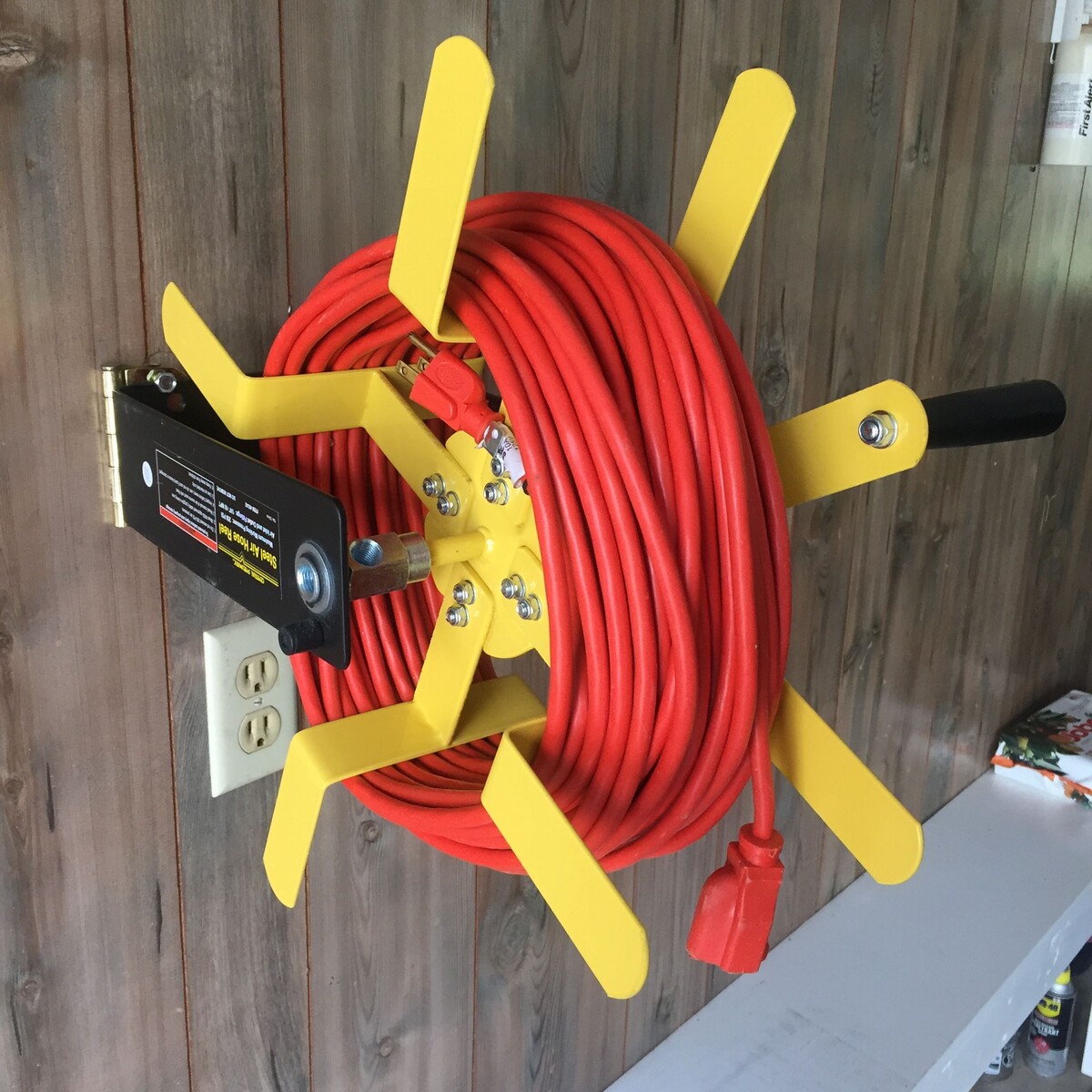
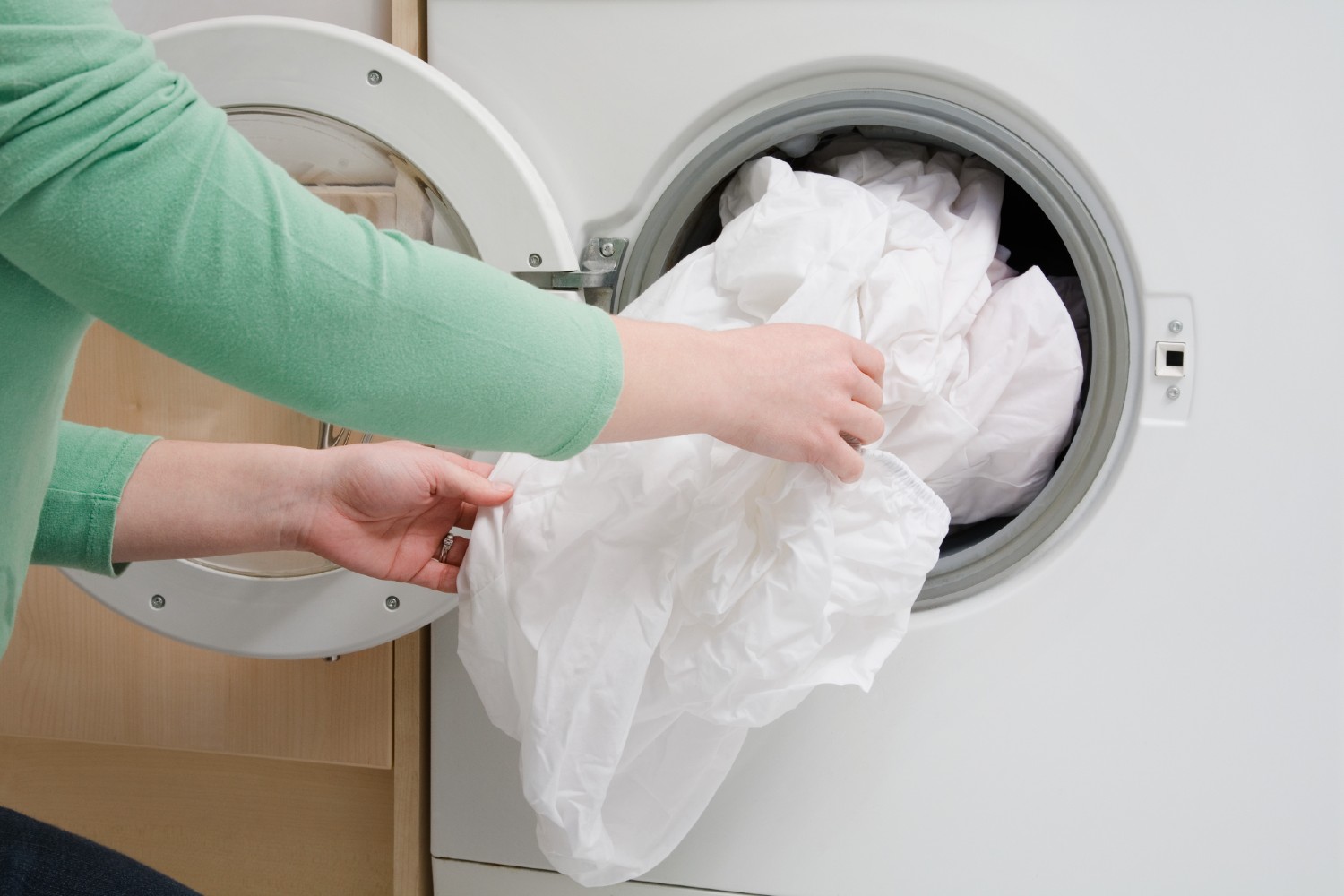
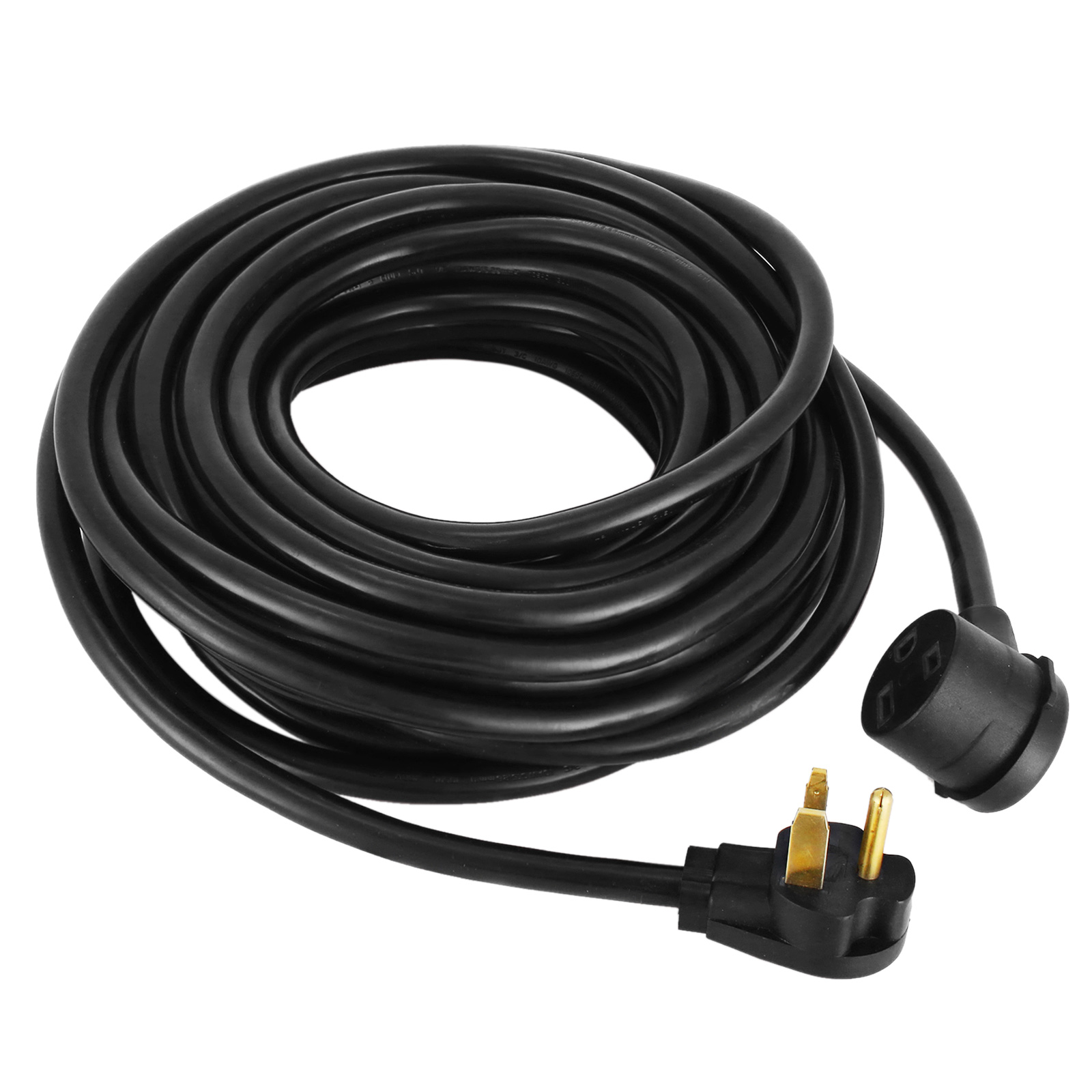
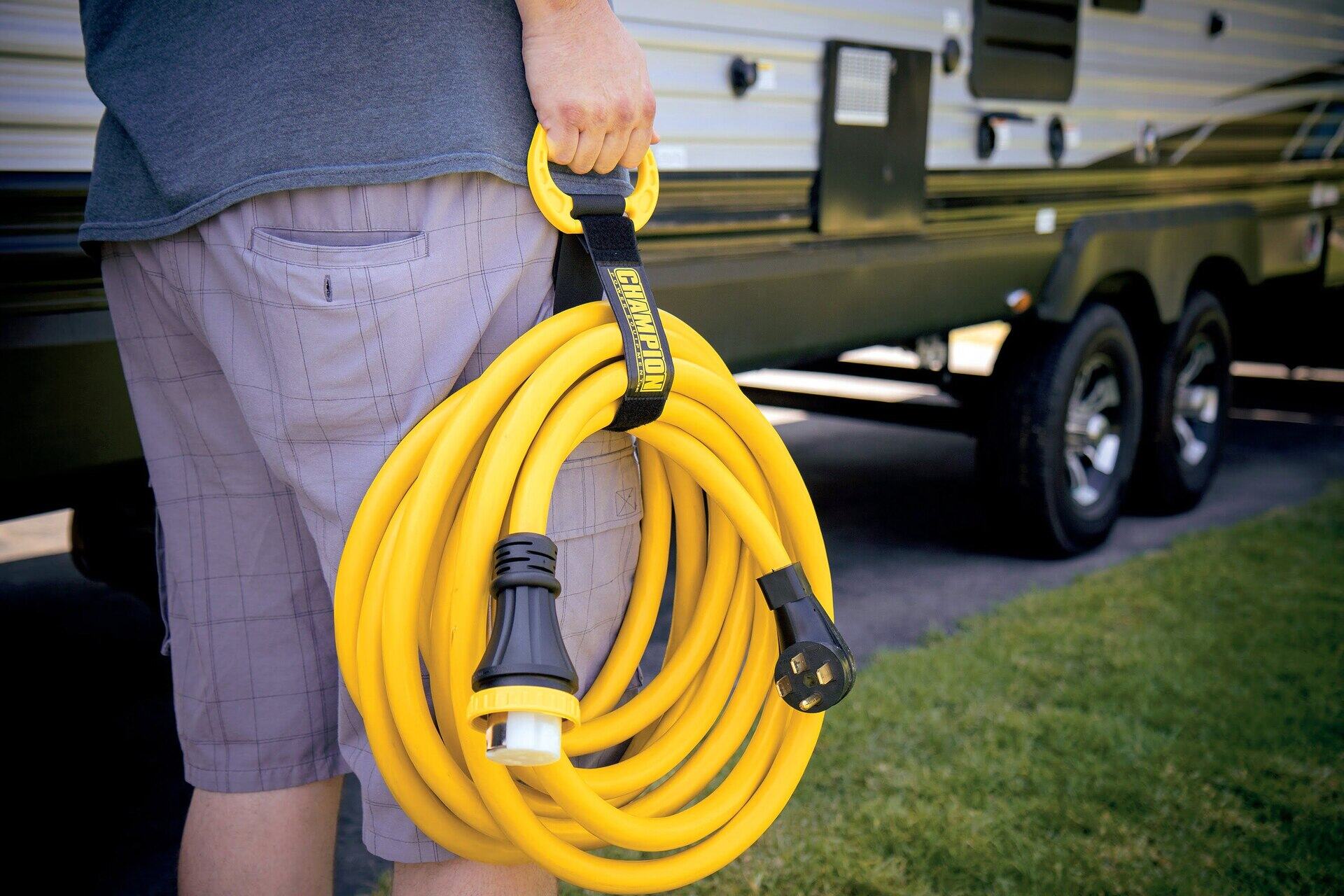
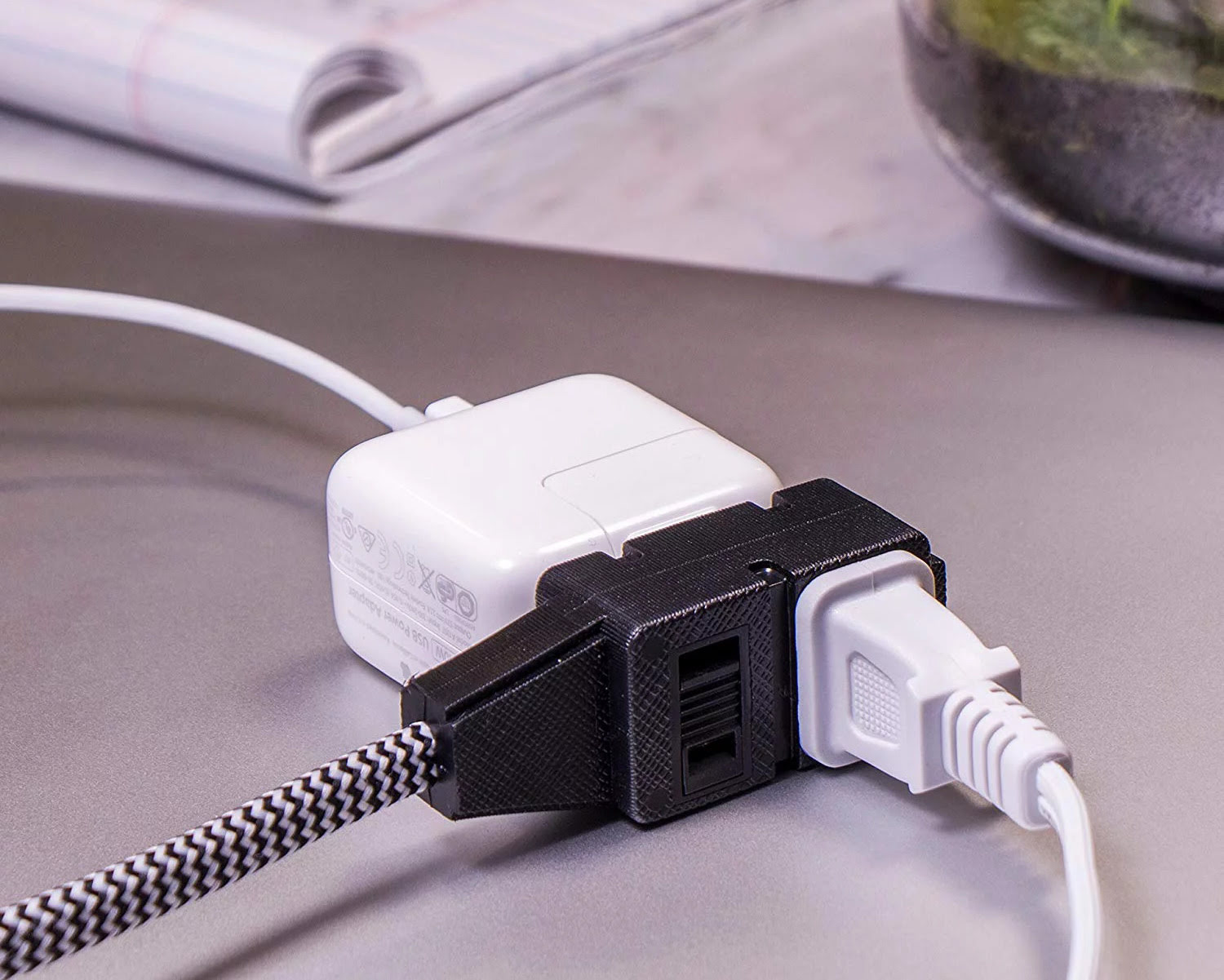
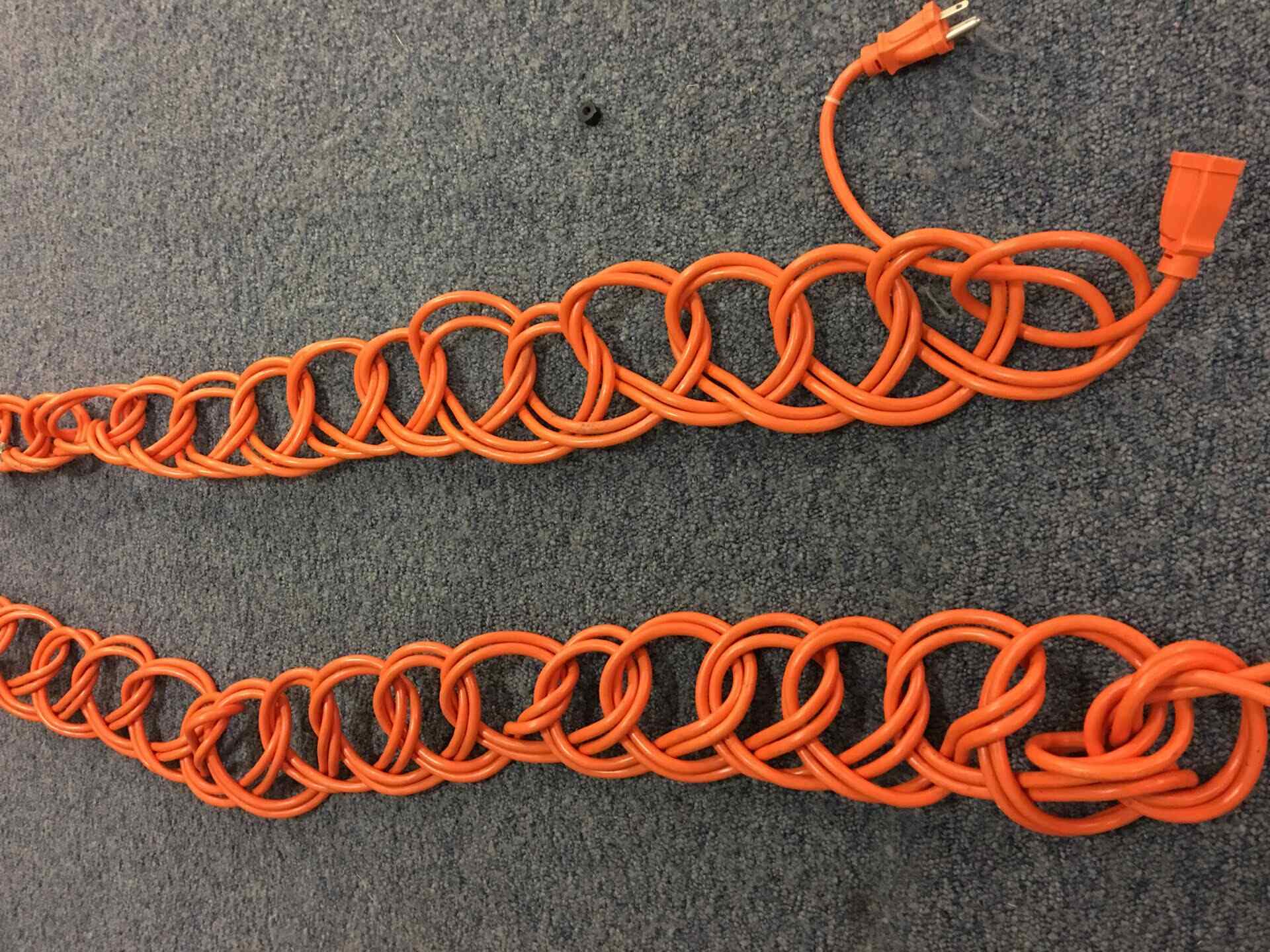

0 thoughts on “How To Keep Extension Cord From Tangling”